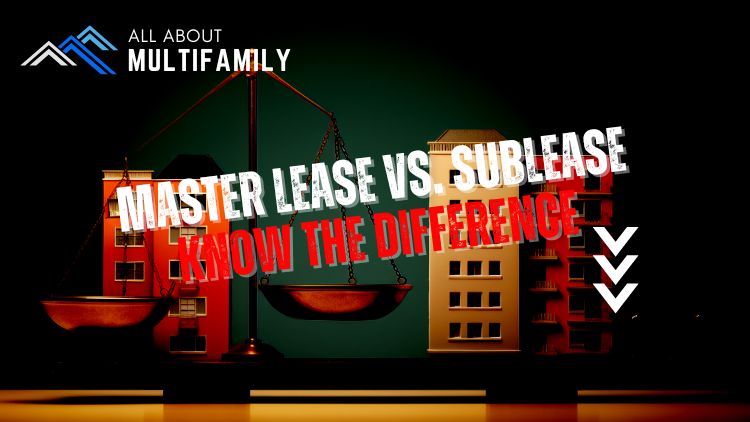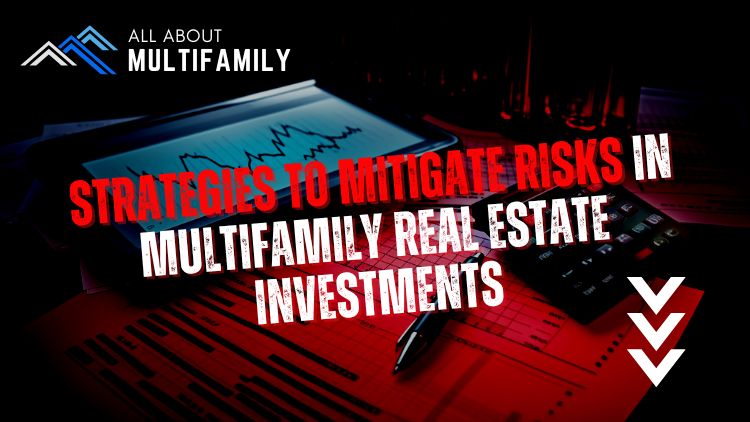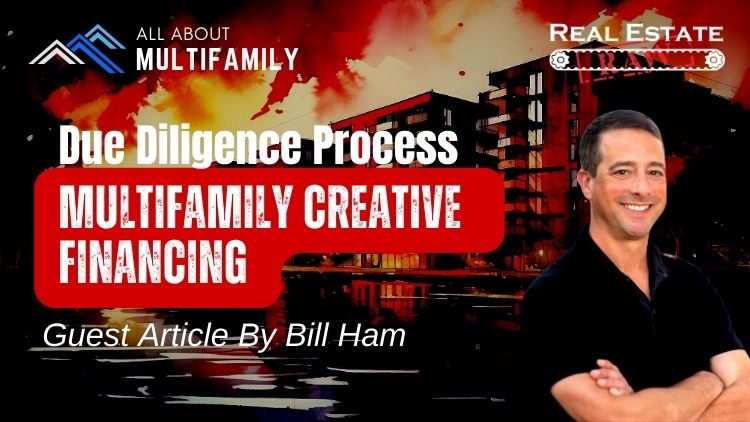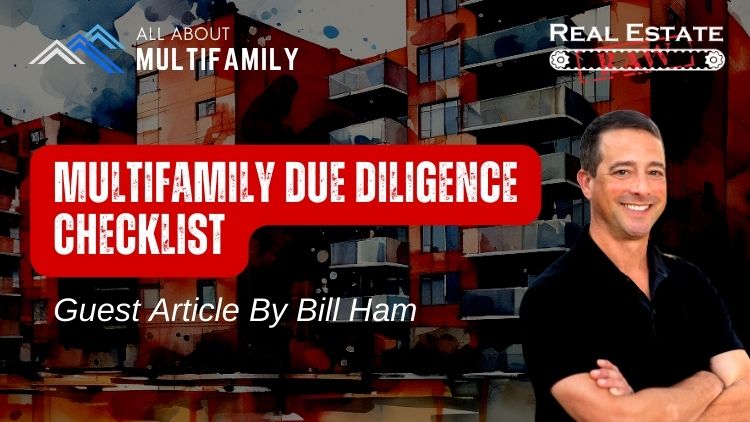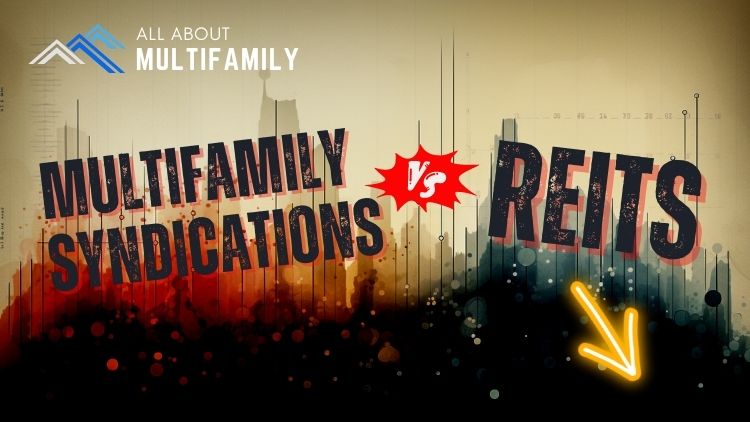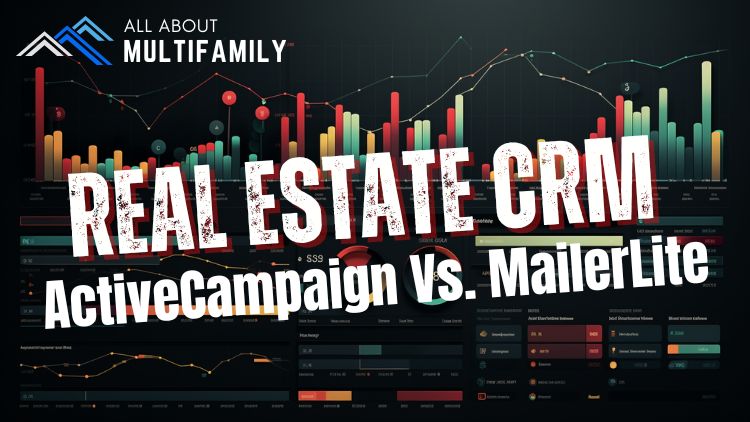In multifamily real estate investing space, the ability to precisely ascertain the value of an apartment building is akin to holding a key to success. As an investor, evaluating an apartment building’s value is a skill that can’t be overlooked. This journey invariably involves navigating through these three assessment methods: the sales approach, the replacement approach, and the income approach – each shedding a distinct light on the property’s value.
The Sales Approach:
The heart of the sales approach lies in comparison. This technique revolves around scrutinizing recent sales of comparable apartment buildings within the same neighborhood. Think of it as the real estate rendition of studying history to anticipate the future. By analyzing properties that share features with your investment target, you can decipher a realistic value for your apartment building.
For example, let’s assume you’re evaluating a 12-unit apartment complex nestled in a sought-after urban area. Research reveals that a similar property, boasting matching unit sizes and amenities, recently sold for $1.8 million. This reference point serves as a cornerstone for estimating your property’s value.
The Replacement Approach:
While the sales approach provides direction, the replacement approach is the blueprint. This method involves estimating the cost of building a new apartment building with identical specifications. It delves into the intricate details of construction materials, labor, and the array of factors that constitute a property’s value.
Consider a scenario where you’re assessing a historic apartment building with distinctive architectural elements. By factoring in contemporary construction costs and the intricacies of replicating its design, you ascertain that the cost to build a similar structure from scratch would amount to $2.3 million. This approach unveils the potential value of your property by deconstructing the complexities of its composition.
The Income Approach:
In the world of real estate, value often echoes in the rhythm of income. This is where the income approach takes the stage. Instead of focusing solely on sales or construction costs, this method zooms in on the property’s capacity to generate rental income. For apartment buildings, where cash flow is the heartbeat, this approach provides a melodious perspective.
Imagine evaluating a 24-unit apartment building that generates an annual rental income of $350,000. After accounting for operational expenses, your Net Operating Income (NOI) stands at $280,000. By applying a cap rate of 6%, you estimate the property’s value to be approximately $4.67 million. This approach quantifies the property’s value based on its financial performance.

A Comprehensive Outlook: The Power of Triangulation
In practice, prudent investors don’t rely solely on one valuation method; they harness the power of triangulation. By assessing a property through various lenses – sales, replacement, and income – investors gain a comprehensive understanding of its value. This multifaceted approach mitigates the risks tied to singular methodologies, as it integrates both market dynamics and the intrinsic potential of the property.
Comparative Table: A Triad of Valuation Approaches
| Valuation Approach | Method Overview | Example Scenario |
|---|---|---|
| Sales Approach | Compares recent sales of similar properties | Comparable property sold for $1.8 million |
| Replacement Approach | Estimates cost of constructing a similar property | Replicating structure costs approximately $2.3 million |
| Income Approach | Evaluates income-generating potential of property | Annual rental income of $350,000, cap rate 6% |
Conclusion: Orchestrating Valuation Excellence
Navigating the world of apartment building valuation requires finesse. Just as an orchestra blends diverse instruments to create harmony, investors harmonize multiple approaches – sales, replacement, and income. This comprehensive exploration ensures a well-rounded understanding of a property’s value, leading investors to prudent decisions and unlocking opportunities in the realm of apartment buildings.
































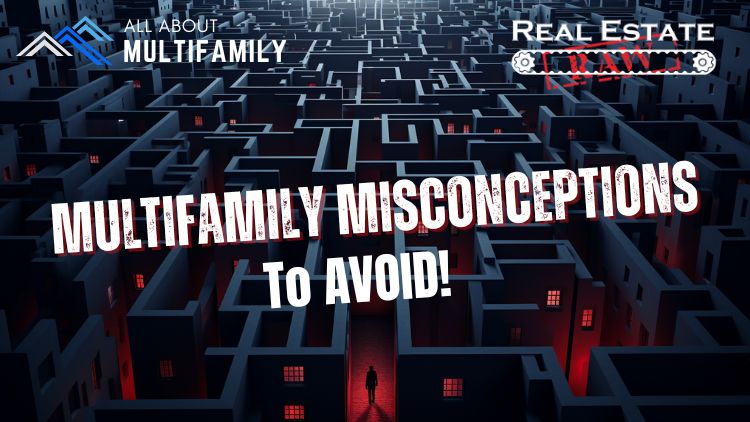













![An In-Depth Look at Jake and Gino's Coaching Program [A Review]](https://allaboutmultifamilyinvesting.com/wp-content/uploads/2023/10/AAM-BMP-Blog-Covers-750-×-422px-6.jpg)


![Email Marketing Tips for Multifamily Real Estate Syndicators to Raise Capital [Templates included]](https://allaboutmultifamilyinvesting.com/wp-content/uploads/2023/09/AAM-BMP-Blog-Covers-750-×-422px-4.jpg)

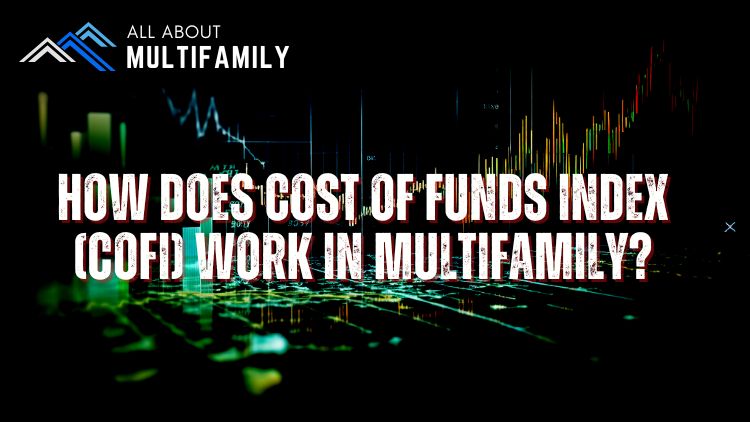




![The Richest Kids In America [Book Review]](https://allaboutmultifamilyinvesting.com/wp-content/uploads/2023/09/AAM-BMP-Blog-Covers-750-×-422px-84.jpg)


